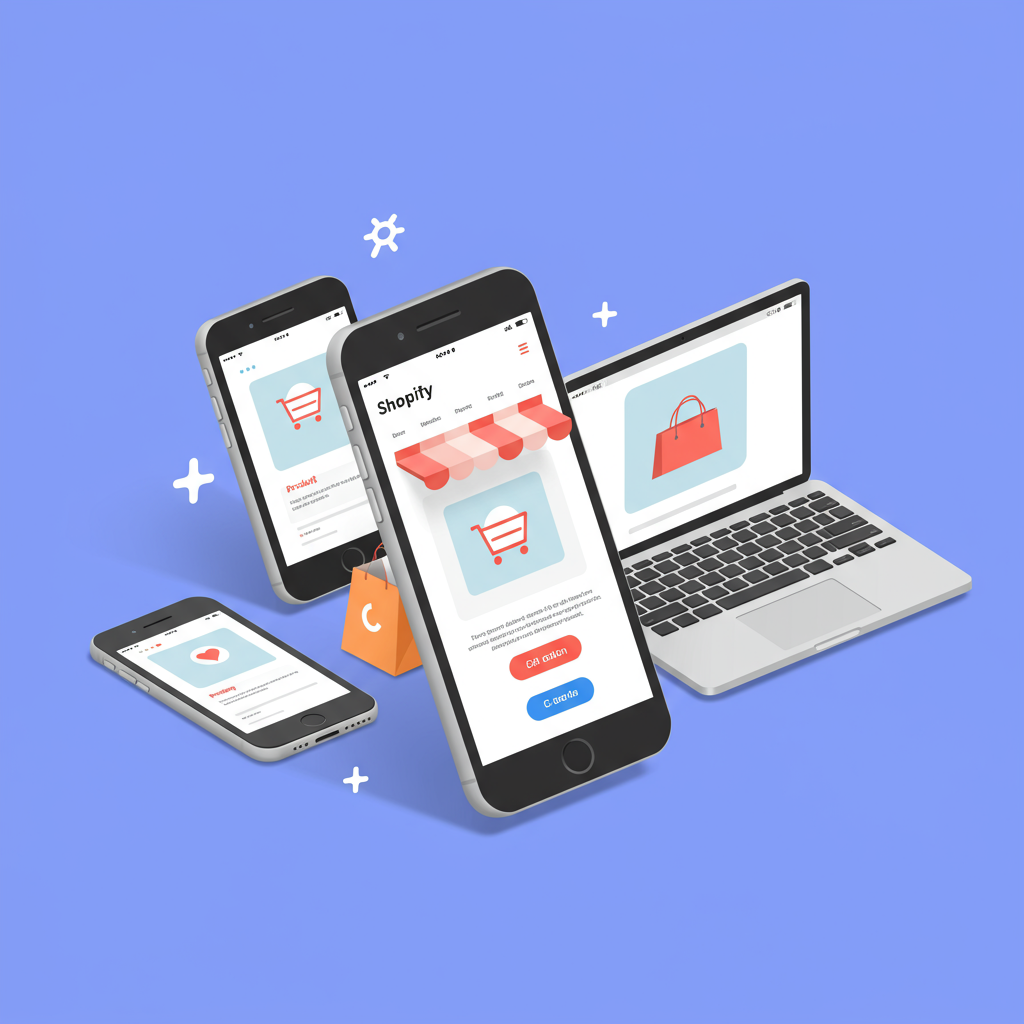Why prioritizing the small screen is the biggest win for your e-commerce success.
Hello fellow Shopify merchants! Today, I want to talk about something incredibly crucial for your online store’s success: designing for mobile first.
In my experience, many of us still think about desktop first and then adapt for mobile. But the truth is, the world has shifted dramatically.
A vast majority of online shopping now happens on smartphones and tablets. If your Shopify store isn’t optimized for these devices, you’re leaving money on the table.
I’ve seen firsthand how a clunky mobile experience can lead to high bounce rates and abandoned carts. It’s frustrating for customers, and it hurts your bottom line.
So, what exactly does “mobile-first design” mean for your Shopify store? It means starting with the smallest screen in mind and then progressively enhancing for larger screens.
This approach forces you to prioritize. You have to decide what’s truly essential for your customers to see and interact with on a tiny screen.
My first piece of advice is to choose a mobile-responsive Shopify theme. Most modern themes are built with responsiveness in mind, but some are better than others.
When I’m evaluating themes, I always check their mobile preview options. Does it look clean? Is the text readable? Are buttons easy to tap?
Next, let’s talk about speed. Mobile users are notoriously impatient. A slow-loading site is a death knell for conversions.
I always make sure to optimize my images. Large image files are often the biggest culprits for slow load times. Use tools to compress them without sacrificing quality.
Shopify has built-in image optimization, but I often use external tools or apps to get them even smaller. Every kilobyte counts!
Navigation is another critical area. On mobile, you don’t have the luxury of a sprawling top menu. I recommend simplifying your menu structure.
Think about using a “hamburger” menu icon. It’s a widely recognized pattern that saves space and keeps your interface clean.
Ensure your calls to action (CTAs) are prominent and tappable. Buttons should be large enough for a thumb to easily hit, without accidentally tapping something else.
Product pages need special attention. On mobile, concise descriptions are key. I focus on bullet points and highlight the most important features.
High-quality product images are still vital, but consider how they display on a small screen. Are they zoomable? Do they load quickly?
The checkout process is where many mobile sales are lost. I strive for the absolute simplest, fewest-step checkout possible.
Enable guest checkout. Forcing customers to create an account before buying is a huge barrier on mobile.
Consider using Shopify’s accelerated checkouts like Shop Pay, Apple Pay, or Google Pay. These significantly reduce friction for mobile users.
I also recommend testing your store on various mobile devices. What looks good on your iPhone might look different on an Android tablet.
Use Google Chrome’s developer tools or dedicated mobile testing services. It’s surprising what you might uncover during this process.
Don’t forget about pop-ups and interstitials. While they can be effective on desktop, they can be incredibly annoying and difficult to close on mobile.
If you must use them, ensure they are mobile-friendly and don’t cover essential content. I generally advise against full-screen mobile pop-ups.
Finally, continuously monitor your mobile analytics. Look at bounce rates, conversion rates, and time on site for mobile users.
These metrics will tell you where your mobile experience might be falling short. Use this data to iterate and improve.
Designing mobile-first isn’t just a trend; it’s a necessity for modern e-commerce. It’s about respecting your customers’ time and device preferences.
By prioritizing the mobile experience, you’re not just making your store look good; you’re building a more accessible, faster, and ultimately more profitable business.
I truly believe that investing in a superior mobile experience will pay dividends for your Shopify store.
What are your thoughts on mobile-first design for e-commerce? Have you implemented any of these strategies, and what results have you seen? I’d love to hear your perspective!






